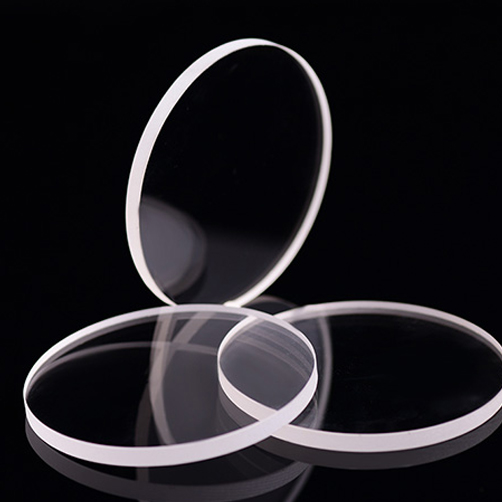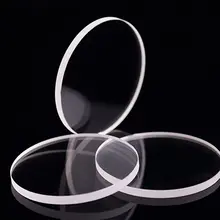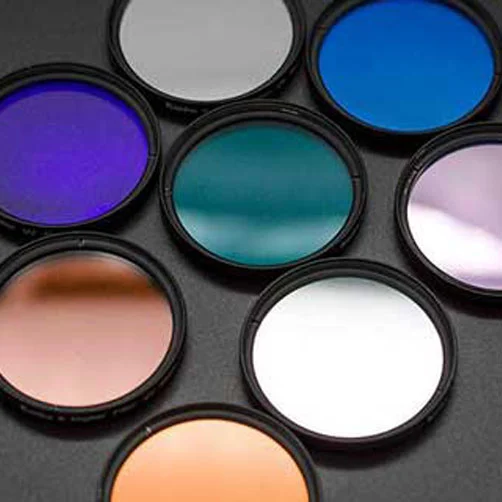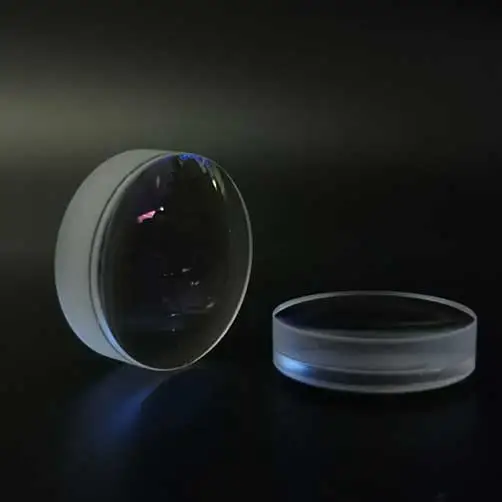
The formation of quartz windows is caused by the high viscosity of its melt at high temperature. It is used to make semiconductors, electric light sources, semiconductor communication devices, lasers, optical instruments, laboratory instruments, electrical equipment, medical equipment and high temperature and corrosion resistance. It is widely used in chemical instruments, chemical industry, electronics, metallurgy, building materials and national defense industries.
The optical properties of quartz windows are unique. Quartz windows can not only transmit far ultraviolet rays, which is the best of all ultraviolet-transmitting materials, but also transmit visible light and near-infrared spectrum.

Due to the high temperature resistance of quartz glass, small thermal expansion coefficient, good chemical stability, bubbles, stripes, uniformity and birefringence are comparable to general optical glass.
Therefore, it is an indispensable optical material with high stability optical coefficient in various harsh occasions, and can be divided into three categories according to its optical properties.
1. Far ultraviolet optical quartz glass window
Transparent in the ultraviolet and visible spectral range; no absorption band in the range of 185nm-250nm; strong absorption band in the range of 2600nm-2800nm; non-luminescent, stable light radiation.
2. Ultraviolet optical quartz glass
Transparent in the ultraviolet and visible spectral range; no absorption band in the range of 200nm-250nm; strong absorption band in the range of 2600nm-2800nm; non-luminescent, stable light radiation.
3. Infrared optical quartz glass
Transparent in the visible and infrared spectral range; no obvious absorption band in the range of 2600nm-2800nm, high temperature quartz window is a special industrial technical glass made of silicon dioxide, which is a very good basic material.
1. Quartz window-conductivity
The conductivity of the transparent quartz window is 10-17-10-16 S/m, and the conductivity of the opaque quartz window is 10-14-3.2×10-13 S/m, and its value is related to the purity of the quartz window.
At room temperature and frequency of 0-106㎐, the dielectric constant of the transparent quartz window is 3.70; the opaque quartz window is 3.50, the temperature increases, the dielectric constant increases slightly, and after 450℃, the dielectric constant increases significantly.
The relationship between the dielectric loss and temperature of the quartz window is that with the increase of temperature, the dielectric loss increases. Above 350℃, the dielectric loss increases more significantly with the increase of temperature.
2. Quartz windows - chemical
Quartz is an acidic material. Except for hydrofluoric acid and hot phosphoric acid, it is inert to any other acid and is the best acid-resistant material. The degree of corrosion of quartz glass by alkalis and salts at room temperature is also extremely small, so the use of quartz in these reagents is not excluded.
Regarding the relationship between the chemical properties and electrical conductivity of the quartz window, the quartz window is a high-purity special industrial technical glass containing only a single component of silicon dioxide (SiO2).
Because it has a series of special properties that cannot be replaced by other materials, it has very low thermal conductivity, excellent thermal shock resistance, high deformation temperature and softening temperature, very low thermal conductivity, and very low dielectric loss and optical transmittance over an extremely broad spectral range from UV to IR.



